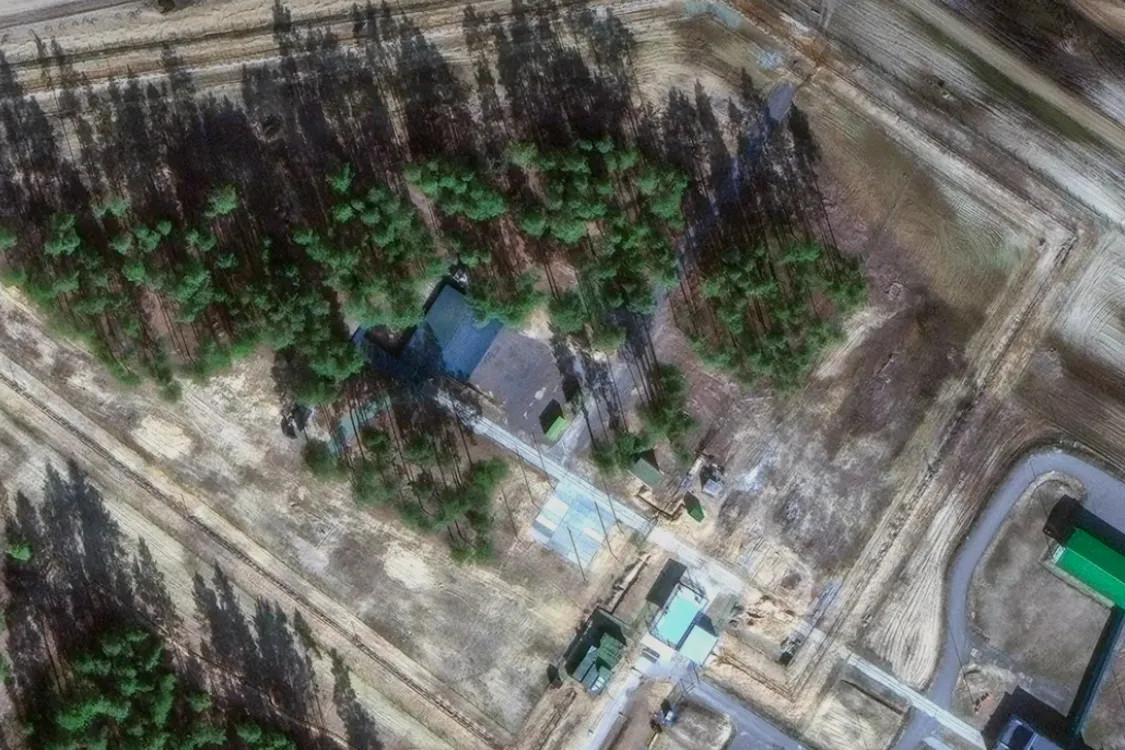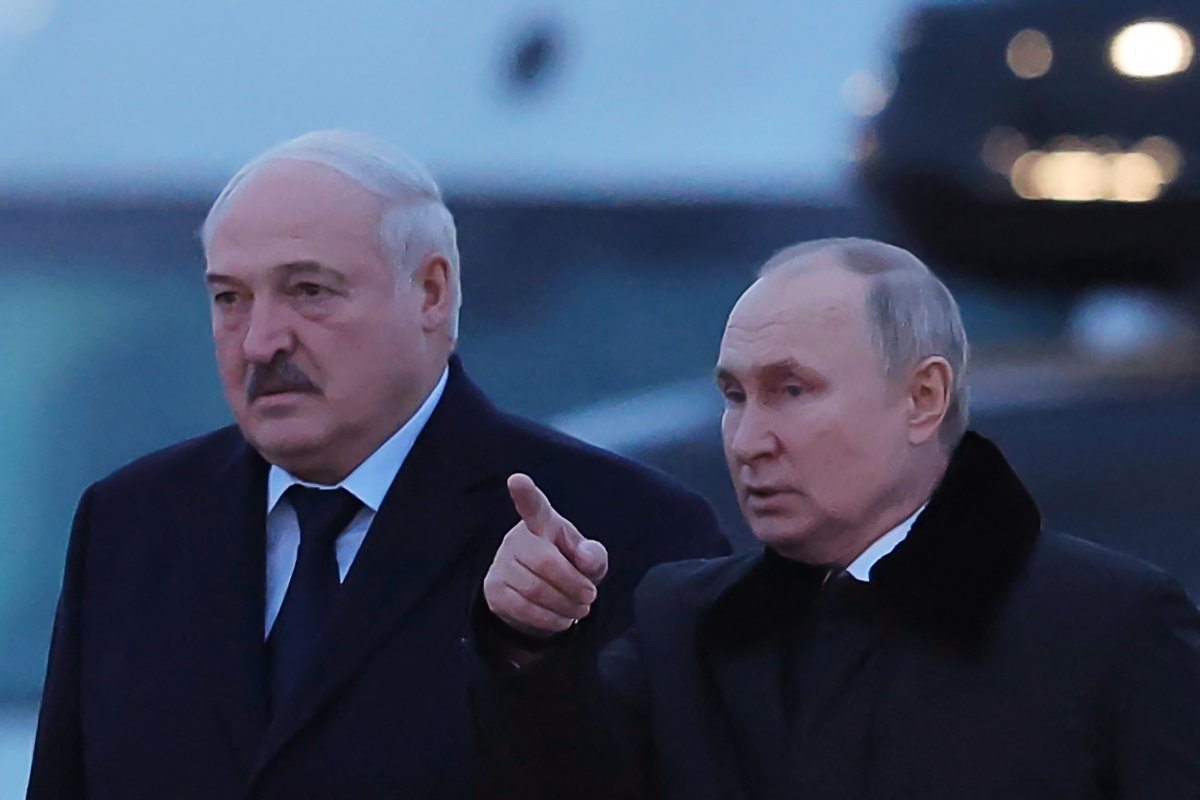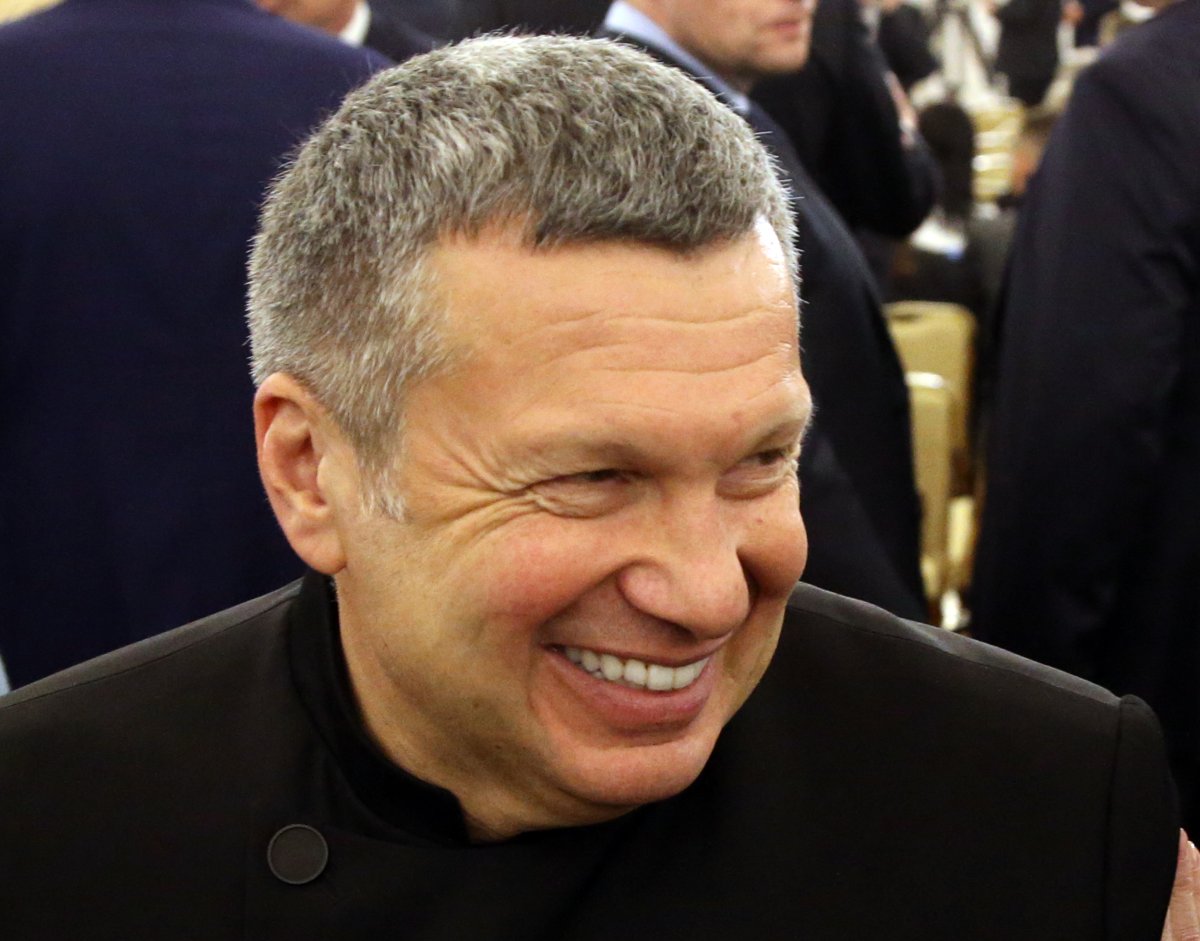NATO escalates nuclear tensions with Russia
NATO’s Secretary General, Jens Stoltenberg, has issued one of the most overt nuclear responses so far to Russia’s use of nuclear threats since its full-scale invasion of Ukraine. In an interview with a British newspaper, The Telegraph, Mr Stoltenberg, said NATO is discussing putting more nuclear weapons on standby “I won’t go into operational details about how many nuclear warheads should be operational and which should be stored, but we need to consult on these issues. That’s exactly what we’re doing.”
Basing his arguments in the flawed deterrence doctrine NATO follows along with all nuclear-armed states and their nuclear supporting allies, Mr Stoltenberg, who stands down in a few weeks’ time, went on to urge the Alliance to use nuclear signalling more openly against other states: “Transparency helps to communicate the direct message that we, of course, are a nuclear alliance …. Nato’s aim is, of course, a world without nuclear weapons, but as long as nuclear weapons exist, we will remain a nuclear alliance, because a world where Russia, China and North Korea have nuclear weapons, and Nato does not, is a more dangerous world.”
Russian President Vladimir Putin’s spokesperson, Dmitry Peskov, was quick to respond: “This is nothing but another escalation of tension“.
Mr Peskov also pointed out how the NATO chief’s comments appeared to contradict the declaration at the end of the Ukraine Peace Conference in Switzerland the day before that said any threat or use of nuclear weapons in the context of Ukraine was inadmissible.
Alicia Sanders-Zakre, ICAN’s Policy and Research coordinator called on all sides to stop ratcheting up tensions: “A day after joining in criticism of Russia for its inadmissible nuclear threats, the NATO Secretary General is flaunting a nuclear response. This is the kind of dangerous escalation, inherent to the doctrine of deterrence, that ICAN has been warning about for some time, both sides need to step back and reduce tensions.”
Ms Sanders-Zakre continued: “The NATO countries hosting US nuclear weapons should admit to their citizens that they have these inhumane weapons on their soil without their say. That’s the kind of transparency NATO should be practising. Neither these NATO members – Belgium, Germany, Italy, The Netherlands and Türkiye – or Belarus, which has been carrying out nuclear exercises with Russia, should be demonstrating their willingness to join in the killing of millions of people.”
The advocates of deterrence doctrine claim it ensures stability and keeps the peace, but it does the exact opposite. It encourages proliferation where more countries possess nuclear weapons, as the most recent case of North Korea clearly shows, as well as reckless armed engagements. History also demonstrates that it encourages the kind of brinkmanship we saw in the Cuban Missile Crisis that took us to the brink of a nuclear catastrophe that was only averted by luck.
Nuclear experts have criticised Mr Stoltenberg’s poorly thought through escalatory rhetoric. In the current Ukraine crisis it increases dangers, especially to the European populations officials like the NATO Secretary-General are committed to protect.
As the states parties to the UN Treaty on the Prohibition of Nuclear Weapons have said, deterrence doctrine is a threat to all countries’ security and is an obstacle to disarmament. The use of nuclear weapons, and even the threat of use, is not something to be done or considered lightly as it threatens civilian populations across the globe. Mr Stoltenberg’s latest comments about NATO being a nuclear alliance clearly reveal that he, and others who support outdated deterrence doctrine, need to remember that behind these words are weapons designed to cause massive civilian harm.




















